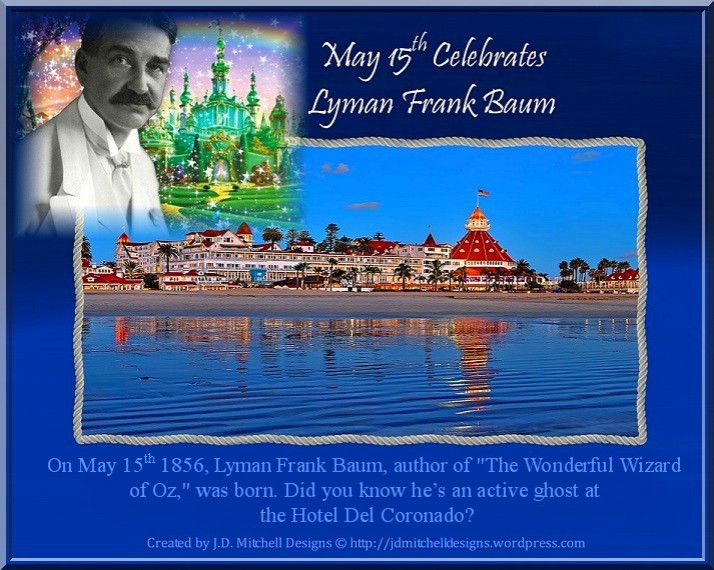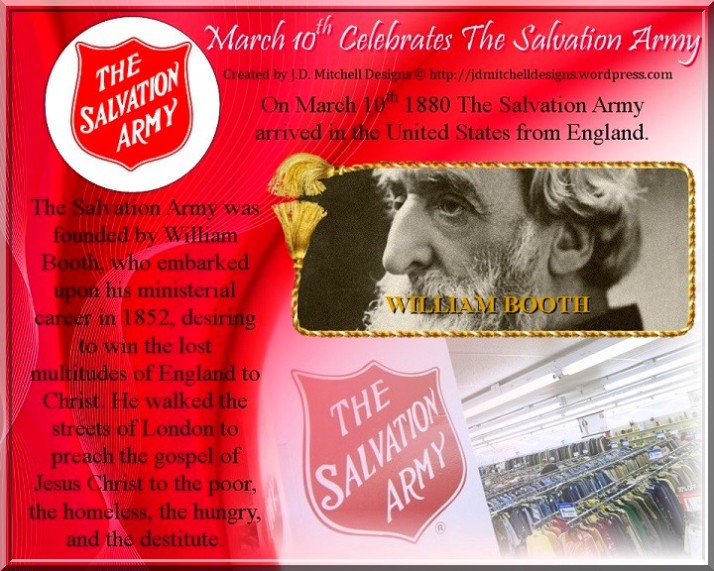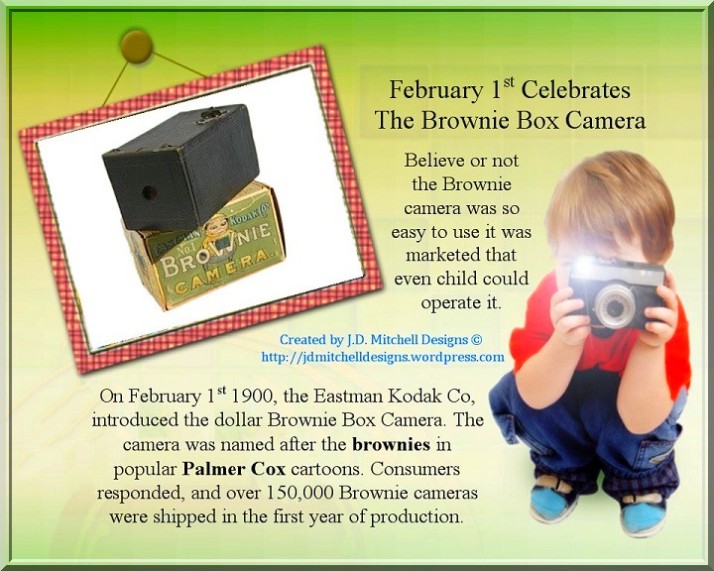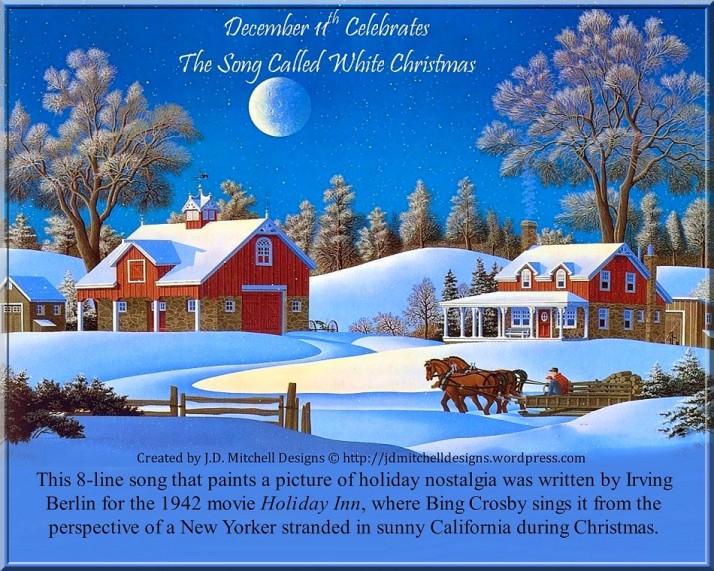
Today on Days to remember we celebrate how on May 15th 1856, Lyman Frank Baum, author of “The Wonderful Wizard of Oz,” was born.
Baum was born in Chittenango, New York in 1856 into a devout Methodist family.
Baum started writing early in life, possibly prompted by his father buying him a cheap printing press. He had always been close to his younger brother Henry (Harry) Clay Baum who helped in the production of The Rose Lawn Home Journal. The brothers published several issues of the journal, which included advertisements; they may have sold issues.
In 1900, Baum and Denslow (with whom he shared the copyright) published The Wonderful Wizard of Oz to much critical acclaim and financial success.
The book was the best-selling children’s book for two years after its initial publication. Baum went on to write thirteen more novels based on the places and people of the Land of Oz.
In 1905, Baum declared plans for an Oz amusement park. In an interview, he mentioned buying Pedloe Island off the coast of California to turn it into an Oz park.
However, there is no evidence that he purchased such an island, and no one has ever been able to find any island whose name even resembles Pedloe in that area.
Nevertheless, Baum stated to the press that he had discovered a Pedloe Island off the coast of California and that he had purchased it to be “the Marvelous Land of Oz,” intending it to be “a fairy paradise for children.”
However Baum took a liking to the infamous hotel at Coronado Beach.
Wizard of Oz author L. Frank Baum traveled to Coronado repeatedly between 1904 and 1910, where he usually resided at the Hotel Del Coronado for months at a time.
He wrote at least three books in the Oz series during that period (“Dorothy and the Wizard of Oz” 1908, “The Road to Oz” 1909, and “The Emerald City” 1910), and also is said to have designed the crown chandeliers in the famous Crown Room.
In a 1905 poem about Coronado, Baum wrote: “And every day her loveliness, shines pure, without a flaw; new charms entrance our every glance, and fill our souls with awe!”
I went to the Hotel Del Coronado in the beginning of 2000, to visit a friend to catch up on old times, but during my visit.
Did you know that Coronado is also nicknamed “the Emerald City?”
With its iconic red castle-like turrets and fairy tale setting, The Hotel del Coronado was Baum’s inspiration for the Emerald City.
The Hotel del Coronado’s grand Crown Room is home to four spectacular crown-shaped chandeliers designed by Baum, which visitors can still enjoy seeing today.
L. Frank Baum’s historic Coronado home (1101 Star Park Circle), is a quaint yellow house that he rented during his stays. This is where he wrote three books in the Oz series: “Dorothy and the Wizard of Oz,” “The Emerald City of Oz” and “The Road to Oz.”
If you happen to live in California, want more fascinating facts and interesting tidbits about Coronado and Baum’s time on the island? Book a historic guided walking tour from Coronado Touring.
The tour departs Thursdays and Saturdays from Glorietta Bay inn and travels through downtown Coronado stopping at fun sites along the way.
As we celebrate how on May 15th 1856, Lyman Frank Baum, author of “The Wonderful Wizard of Oz,” was born today.
Written & Designed by JD Mitchell
jdmitchelldesigns@gmail.com











